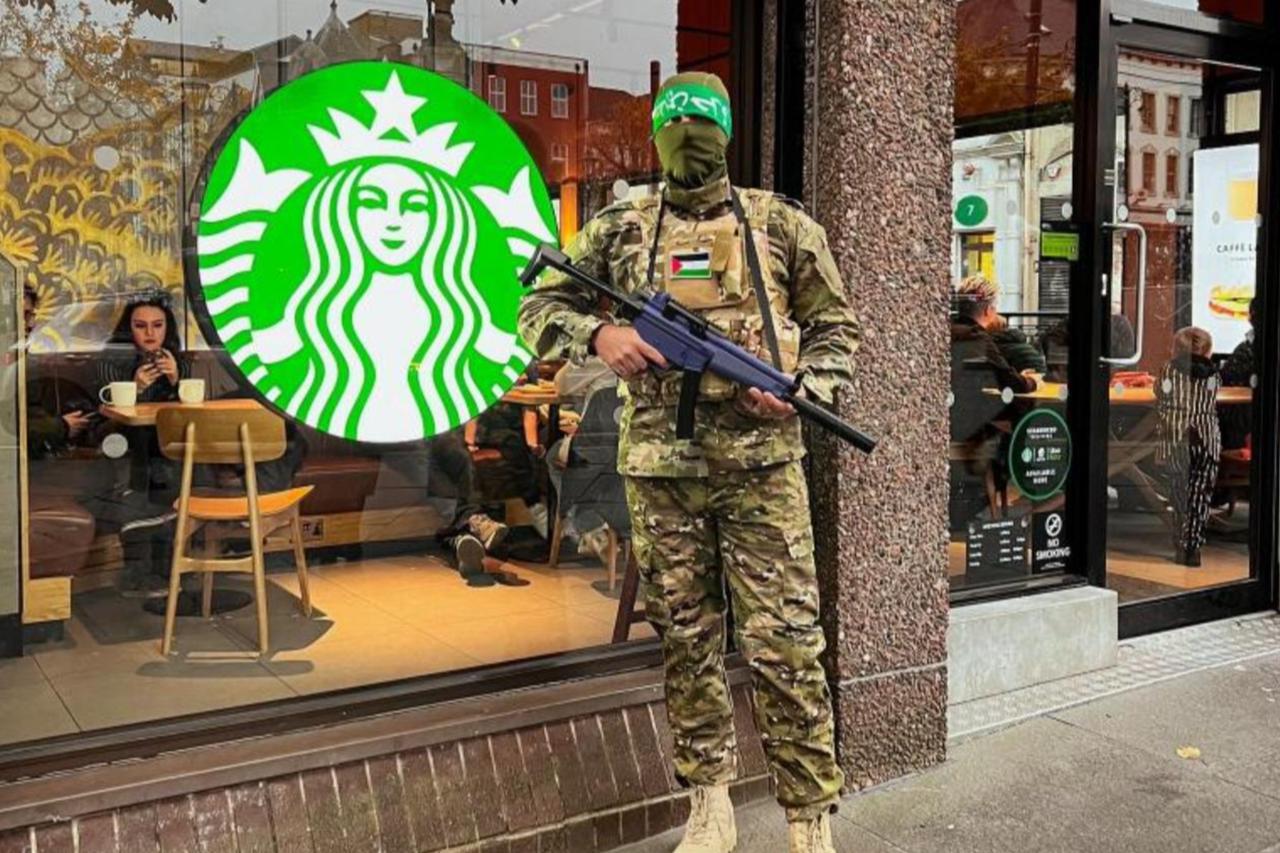
The military uniform worn by members of the Al-Qassam Brigades, the armed wing of Hamas, has turned into a new symbolic phenomenon in several countries.
In countries such as Japan and Algeria, individuals have been spotted wearing outfits and insignias inspired by the Palestinian resistance.
As gestures of solidarity with the Palestinian cause or depictions of the ongoing conflict in Gaza.
Military and camouflage clothing often carry the symbolism of an “armed conscience” or “rebellion,” which is why certain groups or individuals may choose to wear them.
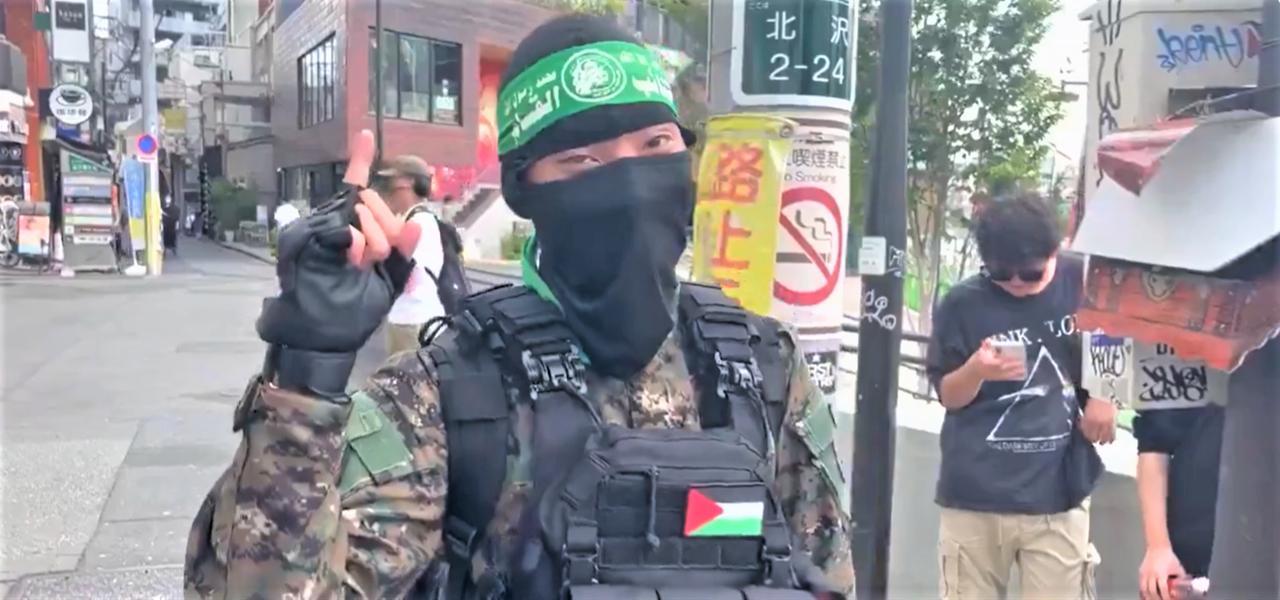
One captured video shows a man declaring, “I’m Hamas” while dressed in full gear and holding what appears to be a replica automatic weapon.
The footage reports that local police surrounded him, though major outlets have not confirmed an arrest.
These displays came amid large pro-Gaza demonstrations in Japan, including a noteworthy rally at the Israeli embassy in Tokyo on the second anniversary of Oct. 7.
At that protest, clashes occurred between demonstrators attempting to approach the embassy and Japanese police.
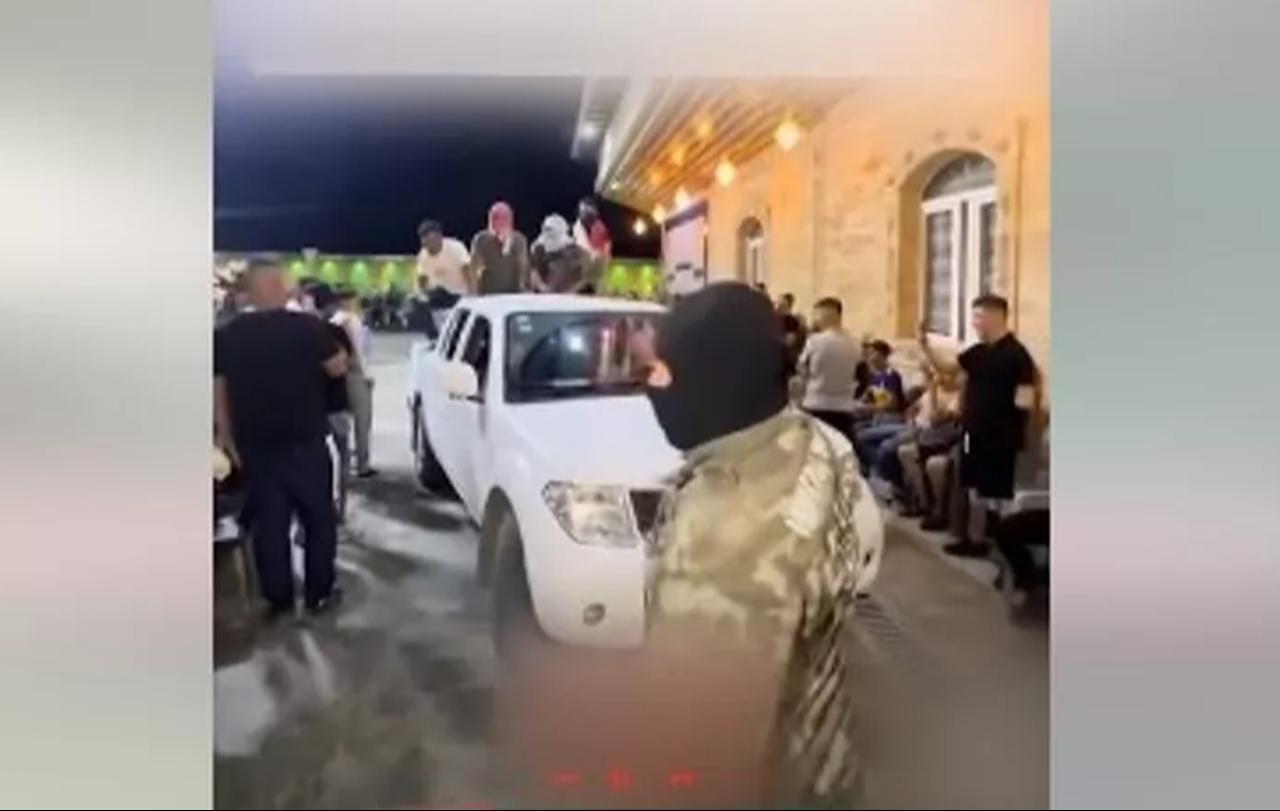
An Algerian groom turned his wedding into a symbolic reenactment of a Palestinian prisoner exchange, in a gesture of solidarity that went viral on Oct. 17, 2025.
The creative act replaced traditional rituals with scenes inspired by resistance ceremonies, earning widespread praise as a heartfelt expression of Algeria’s enduring support for Palestine.
The groom and his family replaced traditional rituals with a scene inspired by the handover of prisoners by the Palestinian resistance—blending personal celebration with national sentiment.
The act was praised by many online as a heartfelt reminder that the Palestinian cause remains deeply rooted in the Algerian public conscience, even in moments of joy.
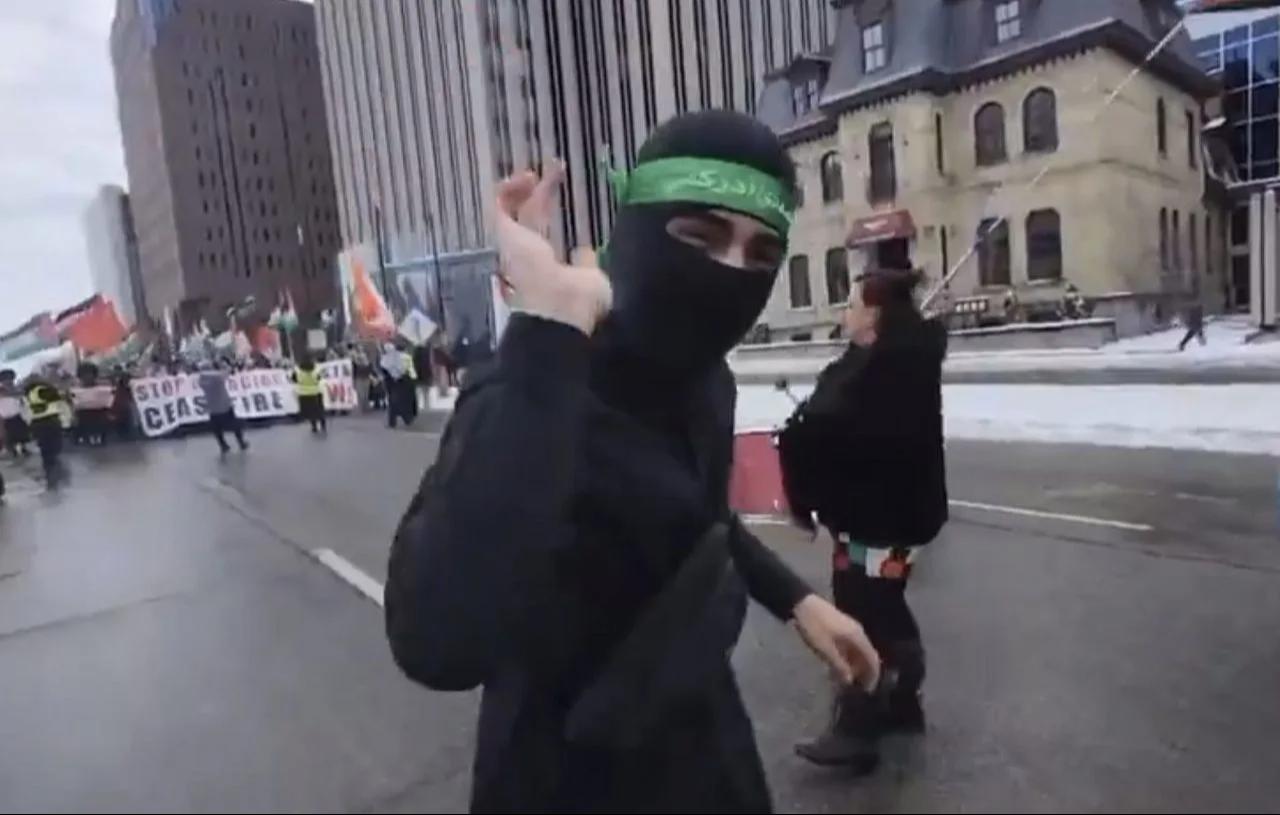
In Canada—specifically in Ottawa—footage from a pro-Palestinian demonstration on March 29 captured participants dressed in black balaclavas and green headbands conventionally associated with Hamas fighters.
The incident fueled debate across Canadian media and social platforms about the boundaries between symbolic expression and extremist imagery.
With some commentators warning that such displays could blur public understanding of legitimate protest versus endorsement of banned groups.
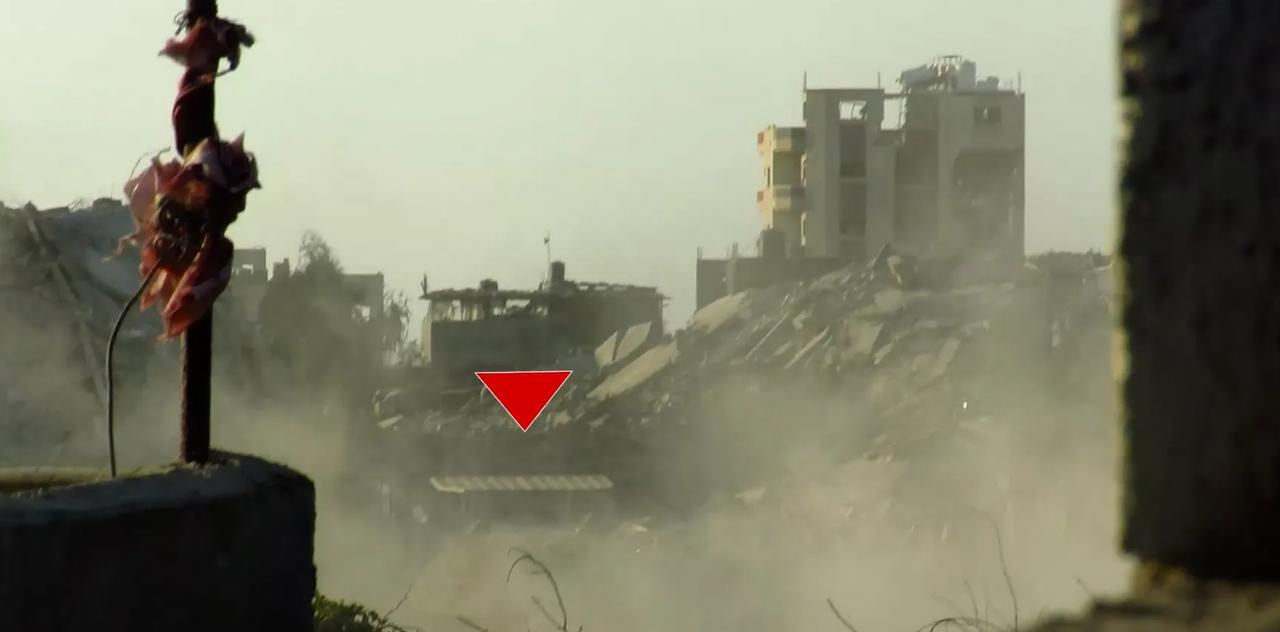
From Hamas-style green headbands to the inverted red triangle and the watermelon emoji, a wave of visual symbols has emerged as a new global language of protest.
Once confined to militant or political contexts, these images now appear in marches, cosplay, and online posts—expressing solidarity with Gaza and defiance toward Israeli actions.
The red triangle—banned in several German cities for its links to Hamas—has become one of the most controversial symbols of the Gaza protests.
Meanwhile, the watermelon, long used as a creative stand-in for the Palestinian flag, reflects how activism has evolved toward coded visual expression in an era of censorship and online resistance.
The global rise of Al-Qassam-inspired attire has prompted mixed reactions, blending protest theater with controversy.
Observers note that the adoption of militant dress often merges solidarity, performance, and viral internet aesthetics rather than any formal affiliation.
Yet, the imagery has drawn scrutiny from authorities, especially in Europe.
In Germany, the Berlin state senate moved in July 2024 to ban the inverted red triangle, arguing that it mirrors a Hamas targeting symbol used by Al-Qassam supporters.
The decision underscores how visual protest symbols—once niche or symbolic—are increasingly colliding with laws against extremist imagery and hate speech.